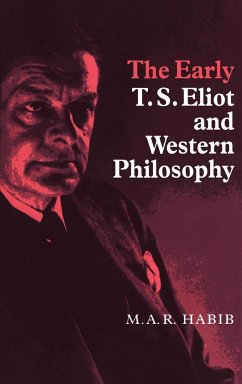
The Early T. S. Eliot and Western Philosophy

PAYBACK Punkte
55 °P sammeln!
Study of Eliot's philosophical writings, assessing their impact on his early poetry and literary criticism.


Rechnungen
Bestellstatus
Retourenschein
Storno